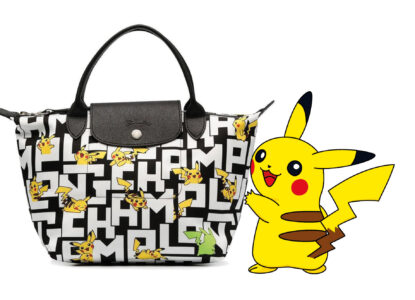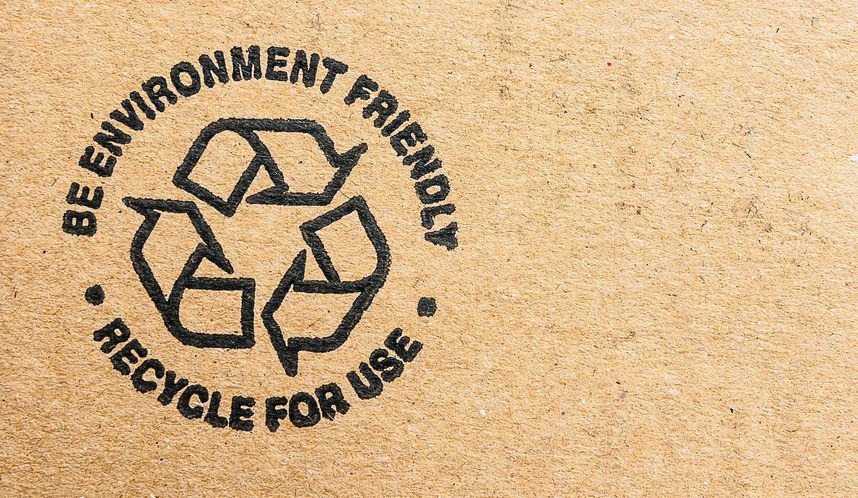
luxury conquers the no canal
Feared by luxury houses at the beginning, making most of them late adopters, the digital world is now a major and unavoidable axis of their ...
Our Expertise

Consumer goods industries such as cosmetics or FMCG are faced with a double challenge on the expenses associated with packaging:
1. Investing to accelerate and anticipate new CSR regulations so that we are no longer reacting to them but rather proposing alternatives expected by consumers.
2. Rationalize the expense of packaging to improve the product’s PRI and its margin, especially when challenged by its distribution network.
Two issues that may seem antagonistic: how to reduce costs while investing in “cleaner” packaging?
Our approach consists of implementing a 360° rationalization strategy, involving many departments of the company (CSR, marketing, pack & quality, purchasing, supply/log, packaging, R&D, management control, etc.) and making it possible to generate financial gains that are much greater than the CSR reinvestment envisaged.
―
Some simplicity in marketing
The first element to be scrutinized for rationalization is the product catalog. As the consumer goods sector evolves very quickly with the rhythm of commercial perfumes, launches and innovations, it is not uncommon to see the logic of “one launch, one development, one packaging, one supplier” taking hold, resulting in a multiplicity of formats and capacities that generate small orders. In this context, marketing must challenge itself on the choice of key formats that will allow it to regain consistency in the range while reinforcing its brand signature. Examples are often found in the tube category, where the CSR challenge can be met through visuals (lightweight skirts, flat caps, raw materials, etc). The simplification of the catalog around “single tubes” in terms of diameter, closure and material makes it possible to reinforce the consistency of the range and the volumes ordered.
―
The hunt for over-specification in packaging and quality
The packaging and quality departments must continually challenge themselves to find and propose alternatives to limit product over-specification, while offering CSR alternatives.
Illustration: the standardization of the opening sizes (necks) of a category of products, may seem anecdotal but it becomes essential to unify and rationalize the closure system while allowing to explore new opportunities such as refills. Identifying these costly specifications on lower quality packaging such as promotional products, mini products or samples can be lucrative and limit the risk of a degraded perception. Sample tubes will hold up very well to offset printing compared to the more expensive screen printing.
Production processes should also not be forgotten: a bare plastic bottle can be stored upright in a tray (which can reduce costs by about 10%) compared to a traditional coated storage. A good way to finance the integration of more PCR in the product.
―
from “providers” to “partners” in purchasing
Once the catalog has been unified and the specifications simplified, it is time to identify and set up the best suppliers for the brands in order to establish long-term partnerships. An adapted RFI followed by an RFP will allow to benchmark, to build a relevant sourcing and to improve the security of supplies and the purchasing conditions.
―
agility, the keyword in supply
Each category of packaging has its own specific production and storage requirements. It is difficult to standardize an ordering process for glass jars, plastic bottles or boxes.
To do this, it is necessary to anticipate needs in order to find the right balance between order frequency and storage time. For secondary packaging such as boxes or labels, storage costs will probably be lower than the savings generated by the price elasticity offered on large MOQs in the context of a massification of orders. On the other hand, this massification of orders would be impossible for glass containers that have to be produced in large quantities and are much more voluminous. It is then much more efficient to anticipate a call order schedule after a production commitment, offering a great flexibility in the increase of the delivery frequency and the stock management.
―
storage at the subcontractor’s
Finally, when product packaging is integrated into the company’s operations, its alignment with tertiary packaging is also a major issue. It is not uncommon to see sub-quantity groupings (SPCs) that are not adapted to the order units, cartons that are underfilled or poorly filled, and non-optimized palletization plans. A quick and easy to implement “tidying” solution will reduce the cost of tertiary materials, the cost of traction (while being more CSR) and the cost of forks and storage in logistics platforms.
Our simulation software supports the development and costing of such levers.
Our interventions generate 4 main benefits on such missions:
1. Significant and quantifiable results: the combination of these rationalization levers allows savings of 15 to 25% on average depending on the category, whereas the average CSR investment is in the order of 3 to 8%,
2. 360° expertise to promote the alignment of all departments, also facilitated by external intervention without altering the workload of the teams in place,
3. medium-term management solutions: automatic review of all launches, legal reviews, supplier cooperation, pricing, specifications and contractualization of key partnerships for the years to come
4. constant consideration of the value of the brand and the TCO of the initiatives in the framework of the arbitrations to be made throughout the project.

Feared by luxury houses at the beginning, making most of them late adopters, the digital world is now a major and unavoidable axis of their ...

Scanning a barcode to know the composition of a product, reading other customers before choosing a restaurant, or comparing airfare prices, ...

From Christie’s sale of a piece of digital art for $69 million, to Jack Dorsey’s (co-founder of the Twitter platform) first twee...